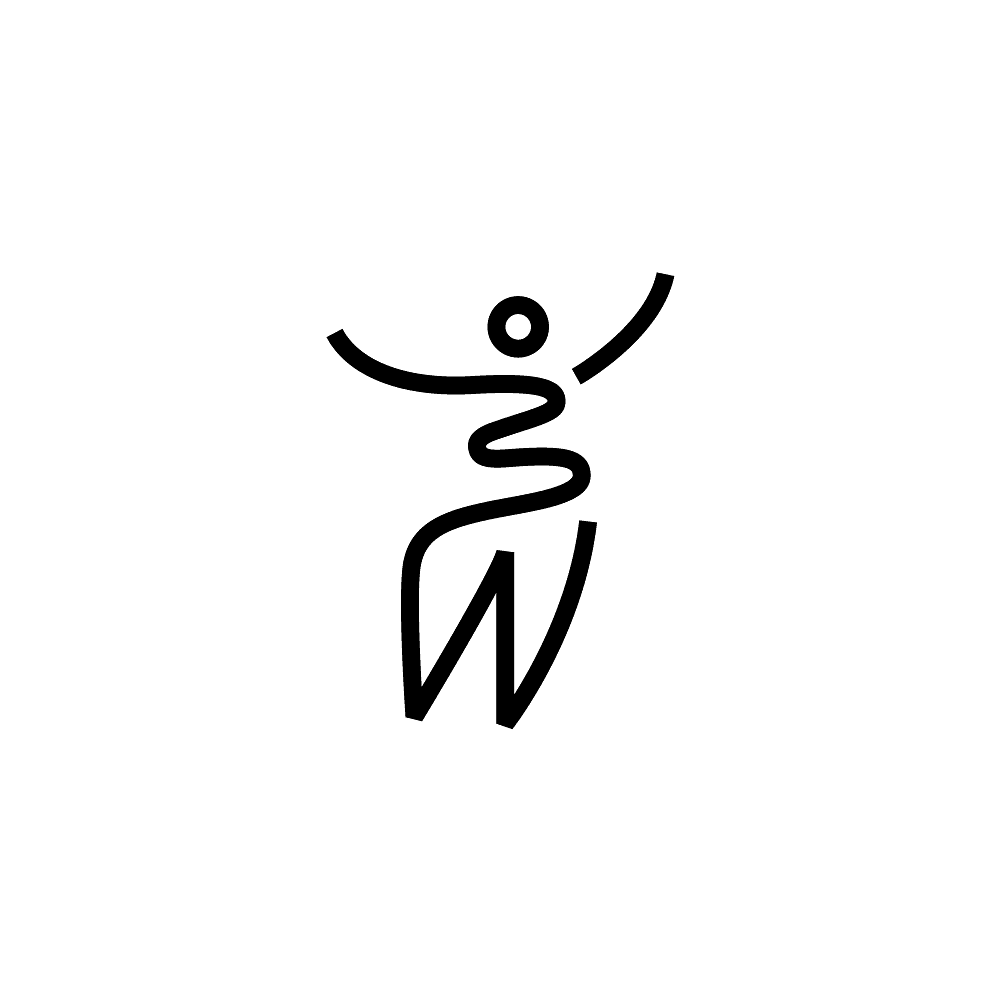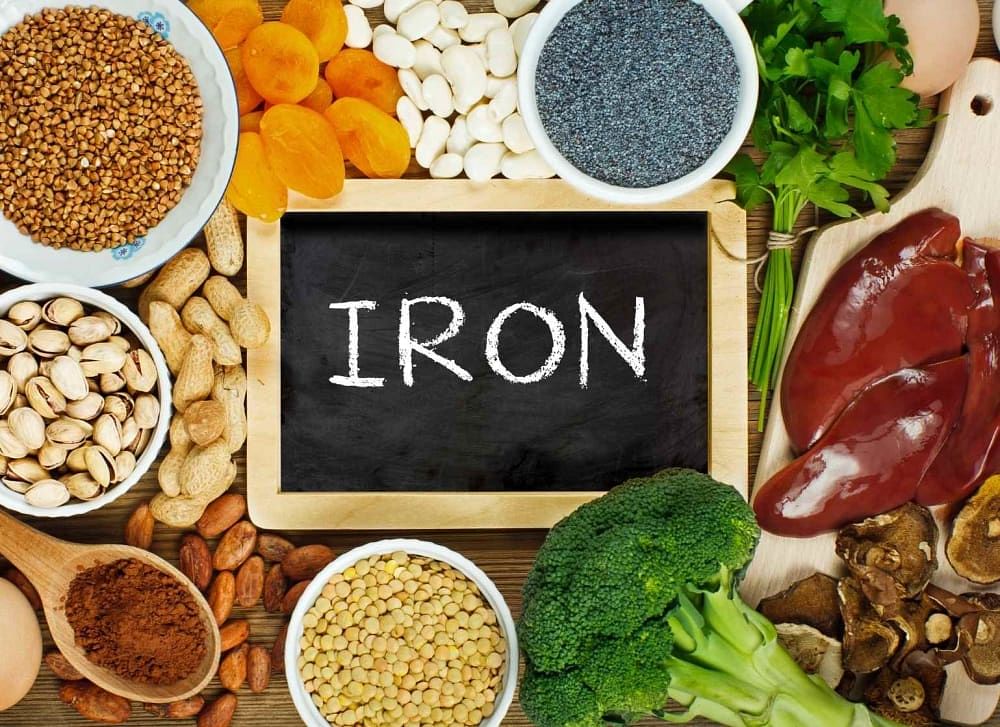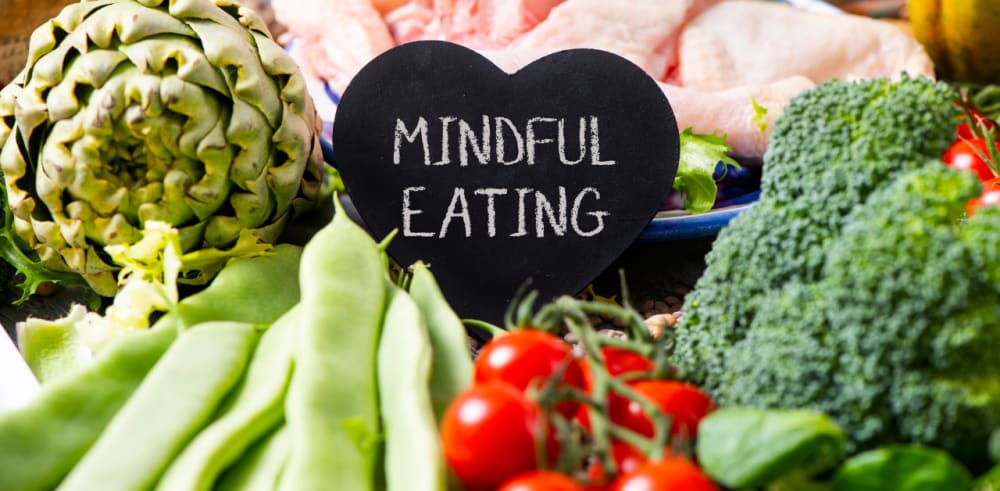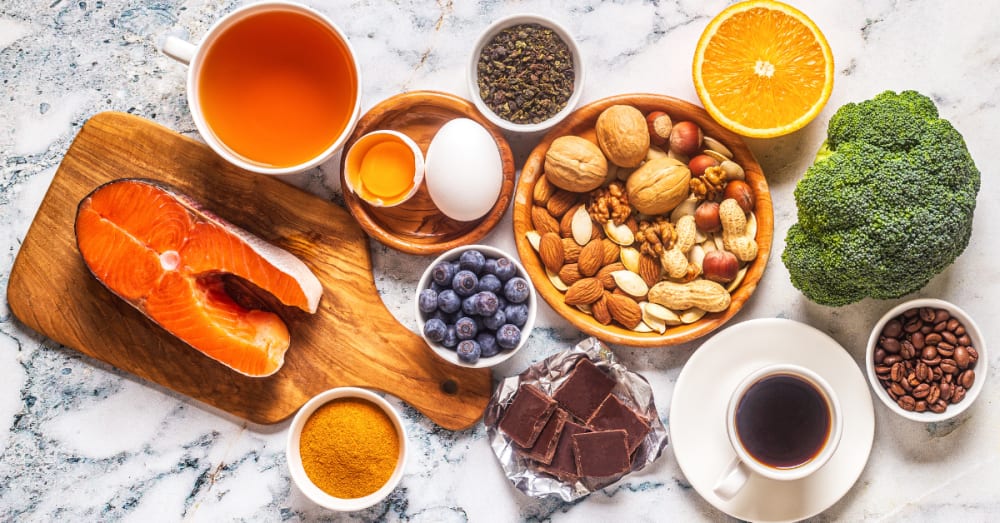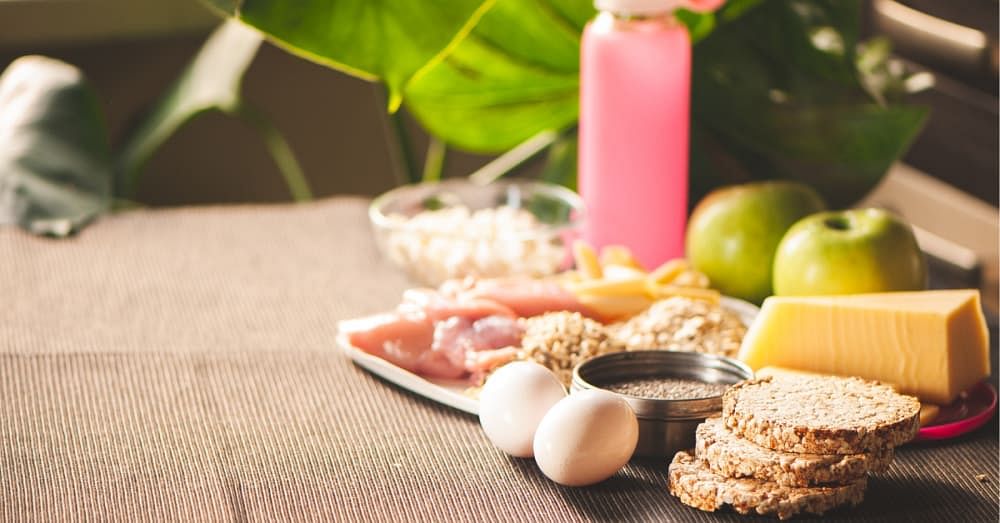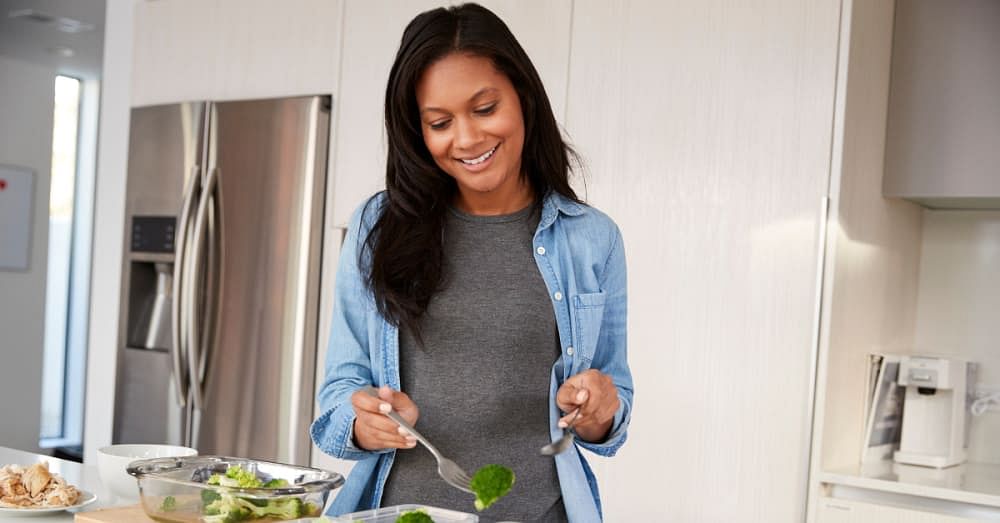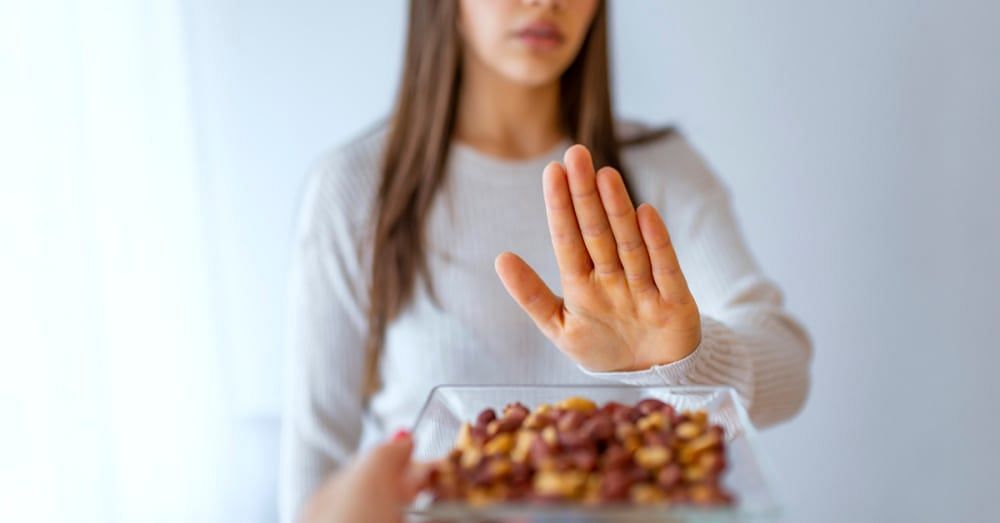Haemoglobin is the iron-rich protein present in your red blood cells. It is in charge of transporting oxygen around the body. For proper functioning of your body, you need haemoglobin. But are you aware that increasing your iron consumption is the best way to boost your haemoglobin levels? Here’s an iron-rich foods list to improve your haemoglobin levels.
What Is Iron & Why Is It Necessary?
Iron is a mineral that is present throughout our bodies. It is a component of enzymes and is responsible for various cell processes. For example, haemoglobin is responsible for around two-thirds of the iron content in the body.
If you do not get any iron, your body can’t generate sufficient healthy oxygen-carrying red blood cells. Shortage of red blood cells leads to iron deficiency. Anaemia, shortness of oxygen in the body, and shortness of breath are typical side effects of a low-iron diet.
Whenever it comes to food, there are two types of iron: heme and non-heme. The body poorly absorbs non-heme iron and requires vitamin C for optimal absorption. Heme iron is typically present in animal products.
Eating a nutritious diet can increase the iron levels in the body. Hence you must eat to increase your haemoglobin levels and balance your body’s iron levels to avoid any shortage. Your body needs iron to transport oxygen throughout the body.
Your age, gender, and whether you eat a predominantly plant-based diet determines the quantity of iron you require each day. Because the system does not digest non-heme iron in plant-based foods as effectively as heme iron in animal-based foods, vegetarians who do not consume poultry, meat, or shellfish require almost double the amount of iron.

Iron-Rich Foods in India
In India, almost every dish we consume has some iron. However, there are few iron-rich fruits and vegetables in India. Below is the iron-rich food list, including oxygen-rich foods in India.
Vegetables
1. Mushroom
Mushrooms contain high amounts of iron; specifically, oyster mushrooms have double the iron concentration. Therefore, it reduces tiredness, vomiting, and headaches that are caused because of iron deficiency. Mushrooms also have high levels of antioxidants in them that helps the body remove the negative radicals and prevents some types of cancers.
2. Cauliflower Leaves
Cauliflower leaves are the green leaves that wrap the cauliflower. The leaves are often present with the cauliflower itself. These greens are often unused, yet they are rich in iron and other antioxidants.
3. Beetroot
Beetroot juice has a dark pink colour indicating its ability to heal anaemia. Iron, vitamin C, and folate are all abundant in this vegetable. So whenever it comes to raising the haemoglobin levels in your blood, beetroot must be your first choice due to its high folate concentration.
4. Potatoes
Iron is abundant in potatoes, with most of it contained in the skins. Potatoes are also a high-fibre food. Consume potatoes for their rich content of iron and vitamin C.
5. Broccoli
Broccoli is another vegetable that forms a part of the iron-rich foods’ list. Aside from iron, the vegetable has good vitamin A, magnesium, and vitamin C. It is low in digestible carbohydrates but high in fibre, thereby supporting digestive health and lowering your risk of various ailments.
6. Spinach
Spinach has a lot of health advantages but is also low in calories. Spinach is abundant in vitamin C and includes non-heme iron, which is weakly absorbed. It’s relevant because vitamin C improves iron absorption.
If you wish to enhance your haemoglobin, spinach has the greatest iron concentration and should be a regular component of your diet. Spinach is also high in carotenoids, antioxidants that may reduce inflammation, lower cancer risk, and protect your eyes from illness.
7. Soybeans
Soybeans rank as one of the best iron-rich foods vegetarian Indians prefer. A soybean diet treats iron-deficiency issues by increasing energy, reducing fatigue levels, and decreasing dizziness. Additionally, it boosts your energy and physical activities.
Soybeans are rich in protein and iron and help you to grow lean muscle mass efficiently. It will tone and slim down your physique and improve your hair and nails.

Fruits
8. Watermelon
One of the best foods on the iron-rich foods list is watermelon. It is high in iron and vitamin C, which aids in iron absorption. Drink watermelon juice or have it raw as a fruit to boost your haemoglobin levels.
9. Pomegranate
One of the finest meals for raising haemoglobin levels is pomegranate. Pomegranate is high in protein, calcium, fibre, and a variety of vitamins and minerals, in addition to iron. It’s an ideal supply for persons with low haemoglobin levels.
Vitamins A, K, E, C iron, potassium, folate, fibre, and other nutrients are abundant in these red-coloured, juicy, and delicious seeds. In addition, the ascorbic acid in this fruit is thought to increase iron levels in the body, hence controlling RBC count.
10. Apples
Apple is another fruit that is high in iron. When it comes to increasing haemoglobin levels, apples are a good and tasty alternative. Eat at least one apple a day with the skin on it.
11. Strawberries
Strawberries are rich in iron and have a substantial amount of vitamin C. This helps in better iron absorption.
12. Vitamin C rich fruits
Fruits like bananas and oranges are high in vitamin C, necessary for optimal iron absorption. Vitamin C helps your body absorb the iron from the foods you eat.

Meat
13. Liver
Organ meats are high in most essential nutrients. The liver, abundant in iron and protein, also contains high amounts of vitamin B and copper. The liver is also rich in vitamin A, selenium, and choline.
Since livers have a high concentration of iron, eating a small portion of the liver is enough to boost your haemoglobin levels. Eat chicken or cow liver as they are one of the best on the iron-rich foods list. Opt for the latter since it has fewer calories and lesser cholesterol.
14. Chicken Breast
Chicken breast meat is high in protein and low in fat, making it one of the best meats available. Chicken breast is also rich in selenium, vitamin B complex, and iron.
15. Red meat/Ground beef
Red meat or ground beef is high in iron and protein. Opt for low-fat red meat to ensure healthy eating. Red meat is both filling and healthy. Furthermore, red meat is likely the single most readily available form of heme iron, making it a highly essential diet for anaemia sufferers.
16. Turkey Meat
Turkey meat is a nutritious and tasty dish. Dark turkey flesh, in particular, is an excellent source of iron. In addition, protein helps you feel full and raises your metabolic rate after a meal. Thus eating high protein meals like turkey meat may help you lose weight and maintain your haemoglobin levels.

Sea Food
17. Shellfish
Shellfish like oysters, clams, and mussels are abundantly rich in iron. They contain heme iron that is easier for your body to absorb than non-heme iron that is present in plants.
Shellfish are also rich in nutrients and help raise the HDL (good) cholesterol levels in your blood. Since some shellfish can be toxic due to their high mercury content, it is advised to eat shellfish less than three times a week.
18. Prawns
Prawns have a very low-calorie count and are rich in niacin, vitamins B12 and B6, which help the body create energy, build muscle, and restore red blood cells. They are also rich in iron and help transport oxygen efficiently in the body.
19. Tuna Fish
Fish is a nutrient-dense food, and some types, including tuna, are exceptionally high in iron. The tuna fish is also rich in omega-3 fatty acids. So it is a kind of heart-healthy oil that links to various health advantages.
Omega-3 fatty acids improve brain health, immunological function and promote proper growth and development. Niacin, selenium, and vitamin B12 are among the other critical elements in tuna fish.
Haddock, sardines, and mackerel are a few other iron-rich kinds of seafood that you may add to your diet in addition to tuna.

Grains & Legumes
20. Black Beans
Black beans are a type of legume that is rich in iron. They are the perfect source of iron for vegetarians. They also help decrease inflammation in diabetics and reduce the risk of heart disease owing to their high soluble fibre content.
21. Chickpeas
Chickpeas are high in iron, folate, and vitamin C, all of which are essential for haemoglobin formation. Therefore, consume chickpeas to enhance iron absorption.
22. Brown Rice
Another excellent option for getting your daily dose of iron is brown rice. To make a healthy meal, replace white rice with brown rice. To make it a wholesome iron-rich meal, add some leafy greens like spinach and top it with some black beans and a squeeze of lime for the extra boost of vitamin C.
23. Dry Fruits
Dry fruits, including apricots, raisins, and dates, are high in iron and fibre. Munch on these dry fruits and get your daily dose of iron.
24. Nuts & Seeds
Another component of the iron-rich foods list is nuts and seeds. These include peanuts, walnuts, cashews, almonds, pine nuts, sesame seeds, hazelnuts, and pumpkin seeds. These nuts and seeds are rich in zinc, vitamin K, manganese, magnesium, and iron.
25. Herbs
Herbs like coriander, parsley, and mint are usually used for garnishing. They are rich in iron and a lot more nutrients. The next time you use herbs as a sprinkle on your food, top it with some lemon juice to absorb all the iron in these herbs.

Health Benefits of Iron
1. Boosts Hemoglobin
Iron’s primary function is to aid in the formation of haemoglobin. Haemoglobin is a protein found in red blood cells, and it is responsible for transporting oxygen throughout the body. Therefore, it’s critical to have more haemoglobin.
Women shed blood every month during their menstrual cycle. This can lead to anaemia in women. Iron helps improve haemoglobin levels and reduce the chances of anaemia.
2. Lowers Fatigue
Iron may aid in the management of unexpected fatigue. It can affect both women and men. Even if you aren’t deficient in iron, low levels of iron can drain your energy levels and make you feel tired. Iron-rich foods in India can help you boost your iron levels and get rid of weariness and exhaustion.
3. Treats Anaemia
Iron aids in the treatment of anaemia. It’s one of the world’s most significant and most frequent dietary deficiencies. Anaemia occurs when haemoglobin levels are lower than usual. Low amounts of haemoglobin result in anaemia. Fatigue, disorientation, shortness of breath, a high heart rate, and a general sensation of illness and weakness are all symptoms of anaemia.
4. Improves Immunity
Iron is essential for the immune system to function correctly. It encourages the production of haemoglobin, which transports oxygen to injured cells, tissues, and organs. It is required for the body’s ability to fight infections and illnesses. Low iron levels affect the immune system and the healing process.
5. Enhances Muscle Endurance
Low iron and muscle metabolism are connected. Adequate iron levels aid in oxygen delivery to muscles for contraction and tolerance. One of the most prevalent symptoms of anaemia is muscle weakness. Lack of iron might cause fatigue.
Muscle tissues will become inflamed due to a shortage of iron, resulting in discomfort. Iron-rich haemoglobin will aid in pain relief.
6. Improves Concentration
Iron deficiency affects cognitive function. When the blood iron levels decline, concentration and attention decrease immediately.
Getting your iron levels back to normal will help you concentrate and perform better.
7. Restores Sleep
There is a link between low iron stores and sleep problems, including restless sleep, insomnia, and sleep apnoea. On the other hand, iron treatment eases restless sleep in autistic children. Improve your iron levels to get better sleep.
8. Reduces Bruising
Individuals who bleed easily may have low iron levels or an iron deficiency because haemoglobin impacts platelet formation and function. Platelets control blood clotting and reduce blood loss. When your iron levels are low, platelets may not function properly, and blood clotting is affected, resulting in more blood loss and reduced haemoglobin levels.
Bruising is a sign that your internal clotting system isn’t working correctly. Iron supplements can assist if low iron is the cause of superficial and repeated bruising.

Causes of Iron Deficiency
- The main cause of iron deficiency is a lack of intake of iron-rich foods. When your diet is low in iron-rich foods, you tend to have iron deficiency. In addition, if you have coeliac disease or any gut problem that hampers your iron absorption, you will be deficient in iron.
- Another cause of iron deficiency is blood loss. Women who have heavy bleeding during their menstrual cycle may end up with low iron levels.
- Another aspect of maintaining iron levels in your body is the proper absorption of iron. If you have any condition that affects your small intestine, then it can hamper your iron absorption. The iron present in the foods you eat is absorbed into the blood circulation from the small intestine. Intestinal illness, including coeliac disease, reduces your intestine’s capacity to absorb nutrients from digested food. Furthermore, bypassing or surgically removing a part of the small intestine will damage your capacity to absorb iron and other minerals.
- A woman’s pregnancy necessitates her kids absorbing a large amount of iron. If you do not consume iron supplements during pregnancy, then you may have iron deficiency.
- A variety of medical disorders causes internal bleeding, resulting in iron deficiency anaemia. Certain pain medicines, including aspirin, can cause gastrointestinal bleeding if taken regularly, resulting in iron deficiency.
Summing Up on Iron Rich Foods in India
Iron is a mandatory mineral because your body cannot create iron independently. Iron-rich foods in India includes mushroom, cauliflower leaves, beetroot, potatoes, broccoli, spinach, soybeans, watermelon, pomegranate, apples, strawberries, vitamin C rich fruits, liver, chicken breast, red meat/ground beef, turkey meat, shellfish, prawns, tuna fish, black beans, chickpeas, brown rice, dry fruits, nuts & seeds, and herbs. If you don’t consume fish or meat, remember that adding a source of vitamin C to plant-based iron sources can help with absorption.
The health benefits of iron include boosting haemoglobin, lowering fatigue, treating anaemia, improving immunity, enhancing muscle endurance, improving concentration, restoring sleep, and reducing bruising.
FAQs
Is Curd Rich in Iron?
No, curd is not rich in iron. Instead, it is high in calcium. Because calcium decreases iron absorption, eating calcium-containing foods in connection with other iron-rich foods can have an impact on how much iron is absorbed by your body. For this reason, avoid dairy products, including milk, yoghurt, curd and cheese, while eating iron-rich foods. Hence, it’s a good idea to eat calcium-rich meals at different times.
Are Bananas High in Iron?
Yes, the iron level of bananas is adequate for persons suffering from anaemia. Bananas are particularly advantageous because, in addition to readily absorbed iron, they additionally contain folic acid and B12. Both of them are effective in the treatment of anaemia. Eating bananas may help overcome anaemia. In addition, honey that is high in copper aids iron absorption. Drizzle honey over the bananas before eating for maximum iron absorption.
Is Pomegranate Rich in Iron?
Yes, pomegranate is high in iron. In addition to iron, pomegranate is also high in calcium, fibre, protein, various minerals and vitamins.
Which Dal Is Rich in Iron?
Dals are also a good source of iron and protein. The varieties of iron-rich dals include masoor dal, moong dal, and urad dal. Moong dal has a low-fat level and a high protein content. Moong dal is ranked as one of the most excellent plant-based protein sources that are also rich in iron.
References:
- Iron, March 2021- https://ods.od.nih.gov/factsheets/Iron-Consumer/
- Nazanin Abbaspour, Richard Hurrell, and Roya Kelishadi, February 2014;Review on iron and its importance for human health - https://www.ncbi.nlm.nih.gov/pmc/articles/PMC3999603/
- Jacqueline Brooks, June 2001;Iron Deficiency Can Hamper Kids' Learning, Performance - https://www.webmd.com/children/news/20010620/iron-deficiency-can-hamper-kids-learning-performance
- Iron in diet, MedlinePlus - https://medlineplus.gov/ency/article/002422.htm
